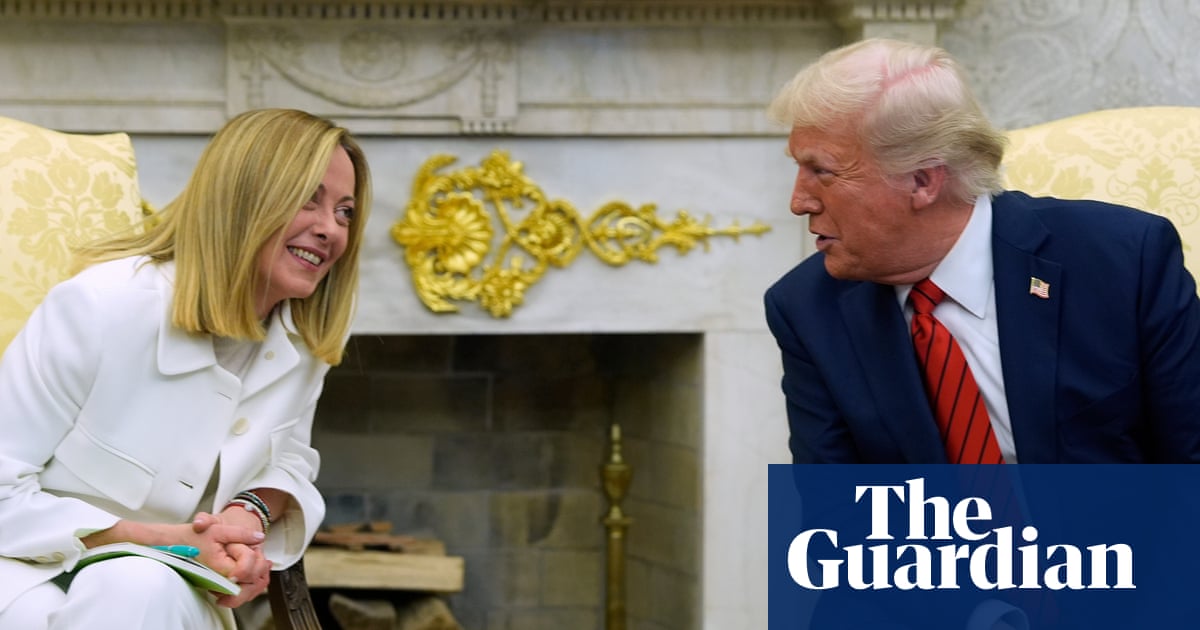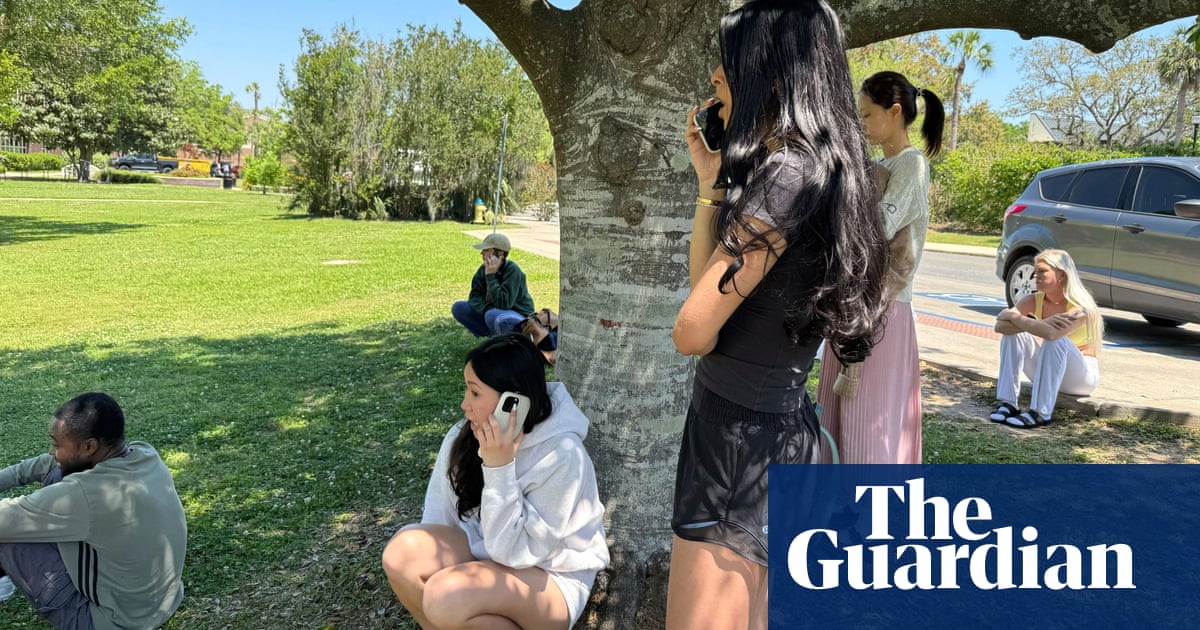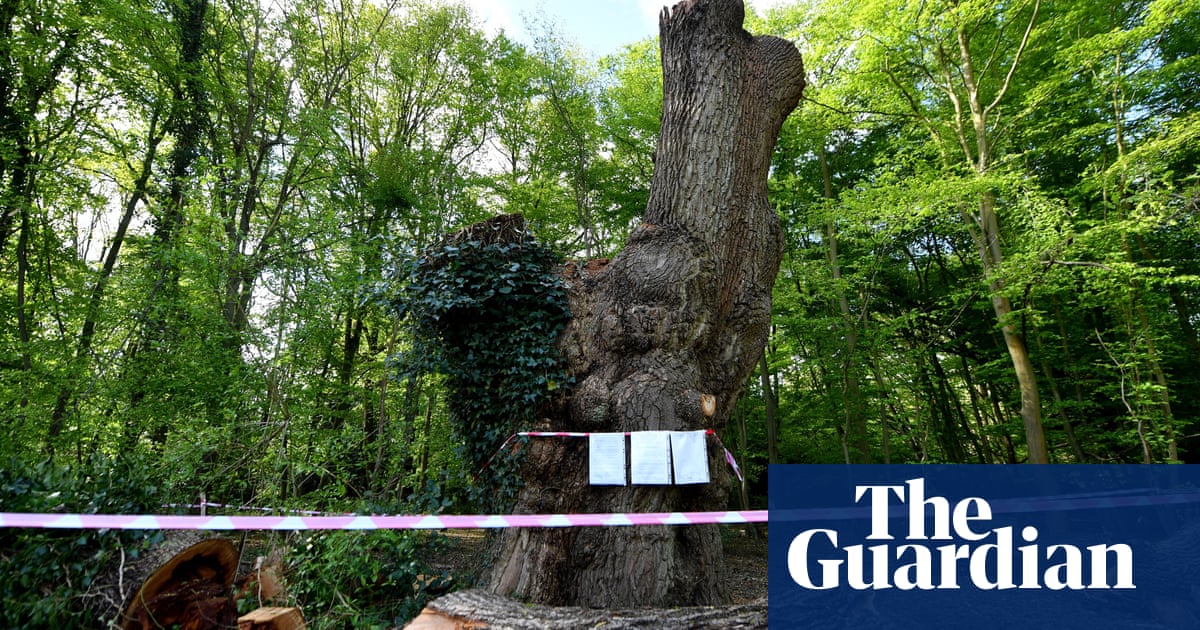The strong male role models that the education secretary seeks to combat “toxic” behaviours in schools could be within reach (We need more male teachers so British boys have role models, says minister, 3 April). Older recruits, ie career changers, are an outlier when it comes to the low number of male teachers in classrooms across England. At Now Teach, a charity helping people retrain as teachers, 51% of our network is men, compared with 35% nationally.
Over half our hires last September were men; nationally women made up 68% of new trainees. This gender imbalance is set to worsen – just 30% of current new starters are men, while Now Teach is at 50%. We have seen this pattern for several years.
At an average age of 47, these converts bring decades of professional and lived experience. Men want to be teachers, but just two in five male applicants makes it on to a training course compared with nearly two-thirds of female applicants. Now Teach’s conversion rates are near parity. We believe that this shows the need for a dedicated support service to help men make a sustainable career change to the sector. We could hire nearly 1,000 male teachers by the end of this parliament if our state funding was restored.
The Tory government cut our funding, but Labour has committed £450m to recruit 6,500 teachers. We back a recruitment campaign and stand ready to scale our efforts to close the classroom gender gap.
Lucy Kellaway
Co-founder, Now Teach
Bridget Phillipson is right that it’s important for boys to see men teaching, guiding and leading in classrooms. But she’s missed something crucial: childcare.
Young children lack male role models. While just one in four teachers in schools are men, that number plummets in early years. We desperately need to see men supporting children during those crucial years from birth to five.
Stereotypes and misconceptions about childcare careers have kept men largely absent from this sector. Any efforts to recruit more of them into education must therefore give equal focus to early years. Addressing this could unlock a previously untapped workforce and provide more positive role models for children at the most critical stage of their development.
Brett Wigdortz
Founder, Teach First; CEO, Tiney
The renewed call for more male teachers is but another iteration of the inflamed debate about masculinity, misleadingly called a crisis. This is not a crisis in masculinity, but a chronic stasis – the world is changing, but masculinity is not changing with it.
Women have been entering areas of work traditionally reserved for men, while men remain resistant to the converse. This is not an expression of genetic proclivity, but of socially engendered roles and perhaps of the gender pay gap.
We have a plethora of public male role models in most fields – industry, the arts, sports. What we lack are alternative models in the private sphere of invisible (and generally unpaid) domestic work and caring, or in primary schools. Masculinity is still defined largely in terms of public profile, competitive success and social status. Significantly, these qualities confer power over others.
Misogyny is not the hatred of all women, but the fear, expressed as hatred, of non-compliant women who threaten the status quo. We do not need to reaffirm masculinity, we need to redefine it, blurring the destructive boundaries between the masculine and feminine.
Sarah Mulholland
Goldsithney, Cornwall

 1 week ago
19
1 week ago
19













































